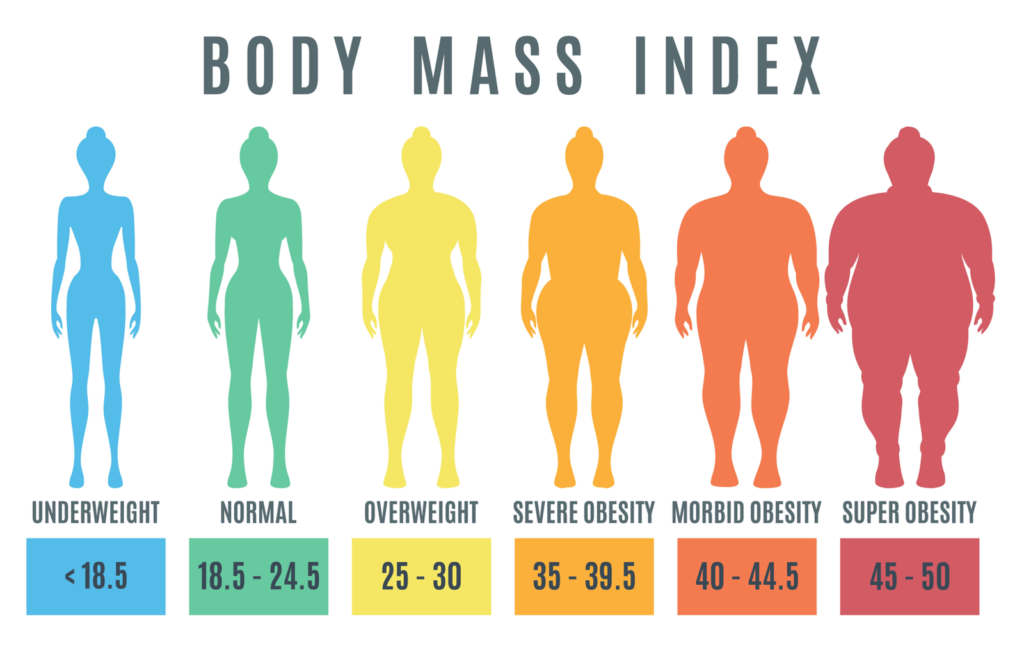

Sometimes obese individuals will likely tend to underestimate their weight.This error occurs due to body reflects muscle and bone mass and not just the fat mass. The result is estimated based on height and weight such as BMI result in 5% to 6% error.This will also help people in maintaining a moderate weight that can reduce the risk of: Adult BMI chart showing ranges obese 1: BMI 3034.9, obese 2: BMI 3539.9, and obese 3: BMI 40.

It’s a useful tool for calculating where a person will understand whether the weight falls on the scale from underweight to overweight. If a person is above the average result then he/she may be an obese person. See your 3D body shape from measurements. The result of BMI will determine the considerable amount of body fat in an individual and this will also allow the doctor to mitigate any health risk arising from the same. Body Mass Index, or BMI, is a tool that helps you know if youre in a healthy range.

It is more of an indicator than a direct measurement of a. The World Health Organization (WHO) set the criteria and categories for BMI, also known as the Quetelet index. Overweight is defined as a BMI of 25 or higher and Obesity is defined as BMI of 30 or higher. Overweight is defined as a body mass index of 25 to 29.9, and obesity is defined as a body mass index of 30 or higher. Body Mass Index (BMI) is a measurement of a persons weight with respect to his or her height. Body Mass Index (BMI) measures lean body mass based on a calculation involving height and weight. Obese: Obesity and overweight are both classified as abnormal or excessive fat buildup that poses a health concern. Overweight: If you're overweight, stick to a healthy diet and do regular exercise. Healthy weight: Your weight is normal and maintain the same healthy weight by following the best diet. Underweight: Being underweight indicates that you are not eating properly or that you are afflicted with sickness.


 0 kommentar(er)
0 kommentar(er)
